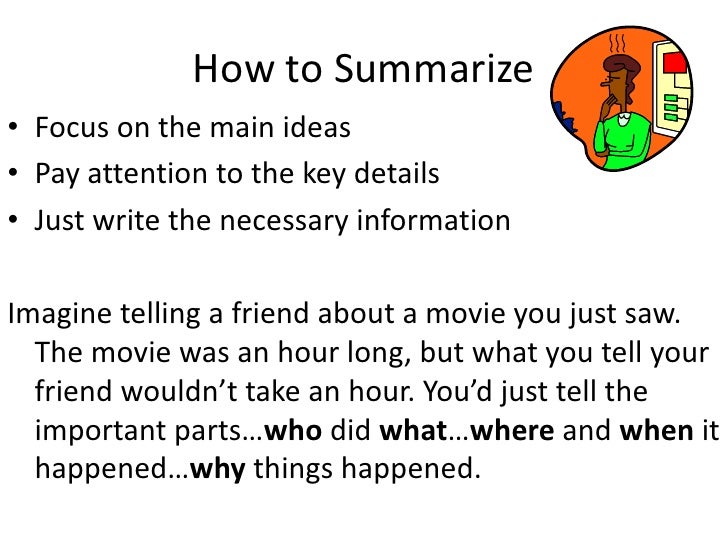
In this sense of the word, faith is the essential virtue of science, and likewise of any religion that is not self-deception. Faith has no preconceptions it is a plunge into the unknown. Faith, on the other hand, is an unreserved opening of the mind to the truth, whatever it may turn out to be. The believer will open his mind to the truth on the condition that it fits in with his preconceived ideas and wishes. Belief, as I use the word here, is the insistence that the truth is what one would “lief ” or wish it to be. We must here make a clear distinction between belief and faith, be- cause, in general practice, belief has come to mean a state of mind which is almost the opposite of faith. To explore the difference, let’s consider the insight of Alan Watts, a twentieth-century philosopher of Eastern religions who tried to capture the difference between faith and belief like this: Then, the journey into Harmony is a journey beyond beliefs into revolutionary love. The journey of doubt through Perplexity involves questioning not only specific beliefs but the whole belief system approach to faith. In other words, the journey of faith through Simplicity and Complexity involves learning and perfecting beliefs. Faith after doubt: it’s about revolutionary love. So, acknowledging my mixed feelings, I’d like to offer this pair of slogans to summarize the heart of our message so far:įaith before doubt: it’s about correct beliefs. But they’re pithy and memorable and therefore have some value. They often oversimplify and therefore mislead. I have all kinds of mixed feelings about slogans. See No Stranger: A Memoir and Manifesto of Revolutionary Love And when we think we have reached our limit, wonder is the act that returns us to love. Anger is the force that protects that which is loved. This labor engages all our emotions: Joy is the gift of love. If love is sweet labor, love can be taught, modeled, and practiced. Love is a form of sweet labor: fierce, bloody, imperfect, and life giving-a choice we make over and over again.
#TO SUMMARIZE THIS EXCERPT CORRECTLY FULL#
What doubt taught Brian about faith fills the inspiring pages of Faith After Doubt and it is our great pleasure to present a full chapter from the book to encourage and nourish you on your spiritual journey.Ĭlick here to purchase the book and continue the conversation on The Raven Foundation Facebook Page, where we share faith-building content and hold regular Facebook live discussions! Brian will be joining us for an episode of our show “One Question with Pastor Adam” soon – stay tuned! Thankfully, Brian found companionship through his doubts, the kind of companionship we hope you find here at Raven. When his doubts overwhelmed him, Brian was a pastor and following his doubts meant he might lose not only his faith, but his job and his community as well. He has always encouraged us to follow the nagging doubts we feel when a church teaching doesn’t create welcoming, inclusive community. We just didn’t realize it, and it took doubt to help us see it.”īrian has been a dear friend and mentor of the Raven Foundation for many years. If we allow doubt to accompany us, he explains, we will find our faith renewed by love. In fact, doubt is the necessary companion on our spiritual journeys. But in his latest book, author and public theologian Brian McLaren assures us with wisdom born of his own journey through doubt, that nothing is being lost.

The faith that sustained us and filled us with wonder as children feels shattered by doubt and lost forever.

Re-write those portions in your own words, being careful not to use similar phrasing of sentence structure.Sometimes our doubts overwhelm us.Identify the main points and supporting information of the portions you want to paraphrase/summarize.APA is designed for the social and health sciences, which typically have less need for direct quotation than the humanities. Use paraphrase and summary frequently.When you only want to convey a source's main idea in a short amount of time.When you want to call attention to what a source says, but how it says it is not important.End with a citation indicating the author of the source and, in APA style, the year it was published.Typically, the signal phrase will indicate to the reader something about the source of the paraphrase.



 0 kommentar(er)
0 kommentar(er)
